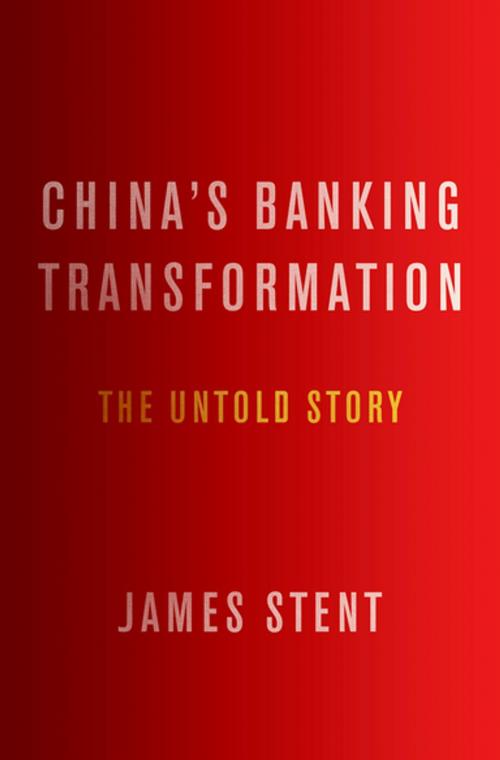China's Banking Transformation
The Untold Story
Business & Finance, Economics, International Economics, Finance & Investing, Banks & Banking| Author: | James Stent | ISBN: | 9780190497057 |
| Publisher: | Oxford University Press | Publication: | November 1, 2016 |
| Imprint: | Oxford University Press | Language: | English |
| Author: | James Stent |
| ISBN: | 9780190497057 |
| Publisher: | Oxford University Press |
| Publication: | November 1, 2016 |
| Imprint: | Oxford University Press |
| Language: | English |
In this timely and provocative book, James Stent, a banker with decades of experience in Asian banking and fluency in Chinese language, explains how Chinese banks work, analyzes their strengths and weaknesses, and sets forth the challenges they face in a slowing economy. Without minimizing the real issues Chinese banks face, China's Banking Transformation challenges negative media accounts and reports of "China bears". Based on his 13 years of service on the boards of China Minsheng Bank, a privately owned listed bank, and China Everbright Bank, a state-controlled listed bank, the author brings the informed view of an insider to the reality of Chinese banking. China's Banking Transformation demonstrates that Chinese banks have transformed into modern, well-run commercial banks, playing a vital role supporting China's extraordinary economic growth. Acknowledging that China's banks are different from Western banks, the author explains that they are hybrid banks, borrowing extensively from Western models, but at the same time operating within a traditional Chinese cultural framework and in line with China's governance model. From his personal experience working at board level, Stent describes the governance and management of China's banks, including the role of the Communist Party. He sees China's banks as embedded in ancient concepts of how government and society work in China, and also as actors within a market socialist political economy. The Chinese banking system today bears similarities with banking in Northeast Asian "developmental states" of recent past, and also pre-1949 Chinese banking. As the first account of Chinese banking by a Westerner who has worked in China's banks, China's Banking Transformation should be read by anyone interested in the political economy of contemporary China, in Asian development issues, and in banking issues generally. The book dispels misconceptions and provides insight into the financial aspects of China's economic growth story.
In this timely and provocative book, James Stent, a banker with decades of experience in Asian banking and fluency in Chinese language, explains how Chinese banks work, analyzes their strengths and weaknesses, and sets forth the challenges they face in a slowing economy. Without minimizing the real issues Chinese banks face, China's Banking Transformation challenges negative media accounts and reports of "China bears". Based on his 13 years of service on the boards of China Minsheng Bank, a privately owned listed bank, and China Everbright Bank, a state-controlled listed bank, the author brings the informed view of an insider to the reality of Chinese banking. China's Banking Transformation demonstrates that Chinese banks have transformed into modern, well-run commercial banks, playing a vital role supporting China's extraordinary economic growth. Acknowledging that China's banks are different from Western banks, the author explains that they are hybrid banks, borrowing extensively from Western models, but at the same time operating within a traditional Chinese cultural framework and in line with China's governance model. From his personal experience working at board level, Stent describes the governance and management of China's banks, including the role of the Communist Party. He sees China's banks as embedded in ancient concepts of how government and society work in China, and also as actors within a market socialist political economy. The Chinese banking system today bears similarities with banking in Northeast Asian "developmental states" of recent past, and also pre-1949 Chinese banking. As the first account of Chinese banking by a Westerner who has worked in China's banks, China's Banking Transformation should be read by anyone interested in the political economy of contemporary China, in Asian development issues, and in banking issues generally. The book dispels misconceptions and provides insight into the financial aspects of China's economic growth story.















